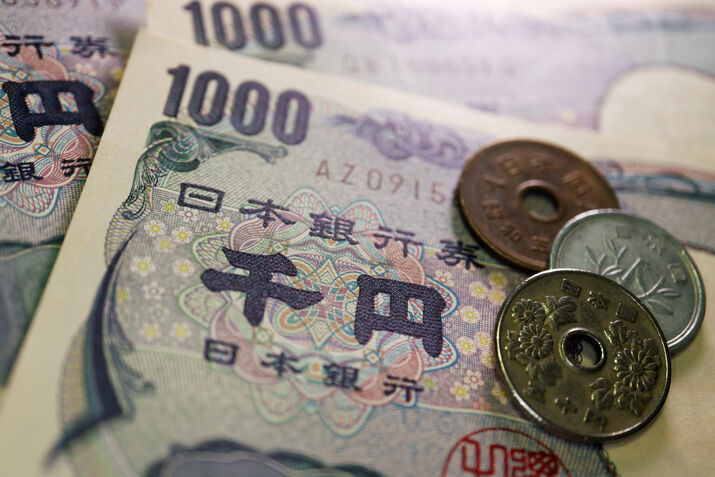NZD/USD retreats below 0.5850, US Dollar bounces on risk aversion

- The New Zealand Dollar retreats from Monday's highs against the USD, weighed by risk aversion.
- The Dollar regains lost ground as Fed Governour Cook dismisses Trump's order to remove her.
- Concerns about the Federal Reserve's independence are likely to hurt the USD in the longer run.
The New Zealand Dollar is giving away previous gains against the US Dollar, and returns to the lower range of the 0.5800s after retreating from Monday’s highs in the area of 0.5880. The risk-off mood amid Trump’s attempt to oust Fed Governour Lisa Cook is weighing on the risk-sensitive Kiwi.
The US President, Donald Trump, shocked markets with an unprecedented order to remove Federal Reserve Governor Lisa Cook on an allegation of fraud in a mortgage loan. The Kiwi rose immediately after the news, to pull back later on as Cook refused to resign.
Doubts about the Fed's independence nmay hurt the US Dollar
Trump has been attacking the Fed relentlessly during the last few months, pushing for lower interest rates. This is only the last chapter of a war that has eroded investors’ confidence in the central bank´s independence and that might undermine the status of the US Dollar as a reserve currency in the long run.
The pair, so far, remains trading halfway through last week’s trading range as the US Dollar Index, which measures the value of the Greenback against the world’s most traded currencies, bounces up from Monday´s lows amid a sourer market sentiment.
In New Zealand, data released on Monday revealed stronger-than-expected Retail Sales in the second quarter of the year. These figures highlight a resilient economy, which has eased some of the negative pressure triggered by the dovish RBNZ moneary policy statement delivered last week.
Fed FAQs
Monetary policy in the US is shaped by the Federal Reserve (Fed). The Fed has two mandates: to achieve price stability and foster full employment. Its primary tool to achieve these goals is by adjusting interest rates. When prices are rising too quickly and inflation is above the Fed’s 2% target, it raises interest rates, increasing borrowing costs throughout the economy. This results in a stronger US Dollar (USD) as it makes the US a more attractive place for international investors to park their money. When inflation falls below 2% or the Unemployment Rate is too high, the Fed may lower interest rates to encourage borrowing, which weighs on the Greenback.
The Federal Reserve (Fed) holds eight policy meetings a year, where the Federal Open Market Committee (FOMC) assesses economic conditions and makes monetary policy decisions. The FOMC is attended by twelve Fed officials – the seven members of the Board of Governors, the president of the Federal Reserve Bank of New York, and four of the remaining eleven regional Reserve Bank presidents, who serve one-year terms on a rotating basis.
In extreme situations, the Federal Reserve may resort to a policy named Quantitative Easing (QE). QE is the process by which the Fed substantially increases the flow of credit in a stuck financial system. It is a non-standard policy measure used during crises or when inflation is extremely low. It was the Fed’s weapon of choice during the Great Financial Crisis in 2008. It involves the Fed printing more Dollars and using them to buy high grade bonds from financial institutions. QE usually weakens the US Dollar.
Quantitative tightening (QT) is the reverse process of QE, whereby the Federal Reserve stops buying bonds from financial institutions and does not reinvest the principal from the bonds it holds maturing, to purchase new bonds. It is usually positive for the value of the US Dollar.







